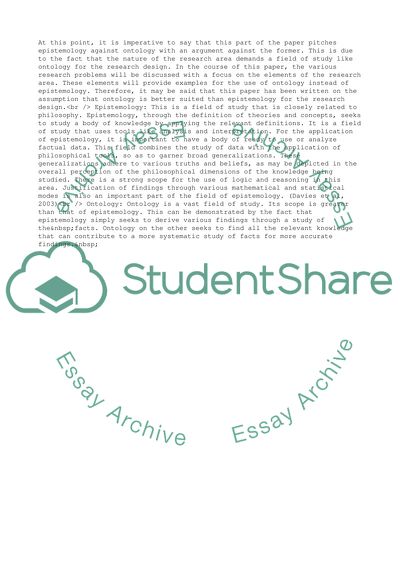Cite this document
(The Research Design Paper Example | Topics and Well Written Essays - 4459 words, n.d.)
The Research Design Paper Example | Topics and Well Written Essays - 4459 words. Retrieved from https://studentshare.org/business/1548831-part-three-research-design-report
The Research Design Paper Example | Topics and Well Written Essays - 4459 words. Retrieved from https://studentshare.org/business/1548831-part-three-research-design-report
(The Research Design Paper Example | Topics and Well Written Essays - 4459 Words)
The Research Design Paper Example | Topics and Well Written Essays - 4459 Words. https://studentshare.org/business/1548831-part-three-research-design-report.
The Research Design Paper Example | Topics and Well Written Essays - 4459 Words. https://studentshare.org/business/1548831-part-three-research-design-report.
“The Research Design Paper Example | Topics and Well Written Essays - 4459 Words”, n.d. https://studentshare.org/business/1548831-part-three-research-design-report.


